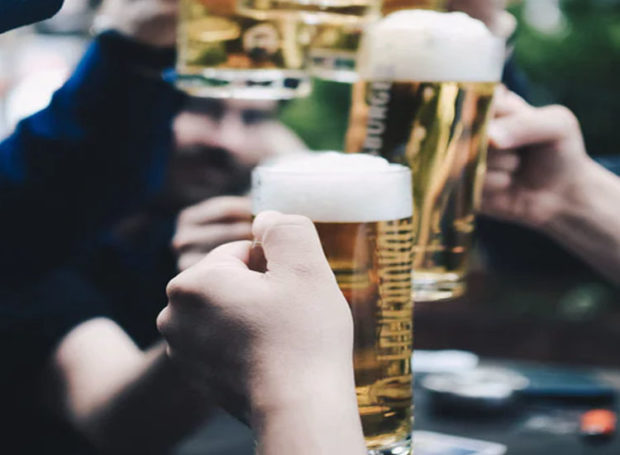
Dual-Drug therapy may help cure Alcoholism
Team Udayavani, Aug 2, 2021, 1:36 PM IST

Source: unsplash
A study found that a dual-drug therapy may help cure alcoholism as a team of researchers has leveraged two new molecules, one of which is currently in clinical oncology trials, to devise a dual-drug therapy for alcohol use disorder (AUD), without the side effects or complications associated with current treatment regimens.
The study is published in the journal Nature Communications. It indicates that the approach had highly successful results in mice and may apply to other drugs that are often abused.
Researcher Dorit Ron from the University of California, San Francisco said, “Alcohol use disorder is really a process of maladapted learning and memory.”
“Alcohol is rewarding, and we learn to associate alcohol, and even the environment in which we drink the alcohol, with that reward,” Ron added.
At the root of the team’s thinking is the idea that AUD and other substance abuse disorders are the results of reinforced pathways in the brain, and that those pathways can be blocked or redirected, ending cravings and habitual behavior.
The researcher said she is studying the role of the enzyme mTORC1 in the creation of those memories and associations, to create an effective drug that can treat the neurological causes of AUD.
Ordinarily, mTORC1 is involved in brain plasticity, helping to create connections between neurons that reinforce memory. In previous work, Ron showed that consuming alcohol activates the enzyme in the brain.
Ron has also shown that blocking the activity of mTORC1 with the FDA-approved compound rapamycin, used to treat some types of cancer and suppress the immune response in transplant patients, can halt cravings in mice engineered for alcohol use disorder.
But mTORC1 contributes to a bevy of other bodily tasks related to metabolism and liver function, and people taking it for an extended period often develop liver toxicity, glucose intolerance, and other side effects.
Ron believes that tackling addiction from a neurological perspective has potential for broad applications.
“We could see these side effects in mice who are taking rapamycin or RapaLink-1, and then when you give Rapablock, it’s like magic, the side effects are gone,” Ron noted.
(Written with inputs from IANS)
Udayavani is now on Telegram. Click here to join our channel and stay updated with the latest news.
Top News

Related Articles More

High nitrate levels in groundwater threaten public health in 440 districts: Report

Gujarat IMA opposes ‘mixopathy’ proposal; says it poses ‘severe risks’ to people’s health

Study links social inequality to dementia-related changes in brain

People single all their lives might have low life satisfaction: Study

Drinking tea, coffee linked to lower risk of head and neck cancer: Study
MUST WATCH
Latest Additions

Udupi’s Manu Shetty selected as “Special Youth Icon” for Viksit Bharat ‘Young Leaders Dialogue’

Delhi student stabbed to death after game of dodgeball enrages classmate

Minor girl gives birth, brother-in-law arrested under POCSO act in Kasaragod

Dakshina Kannada MP Capt. Brijesh Chowta meets Defence Minister Rajnath Singh

Manipal: Three injured in bee attack, one hospitalized
Thanks for visiting Udayavani
You seem to have an Ad Blocker on.
To continue reading, please turn it off or whitelist Udayavani.





















